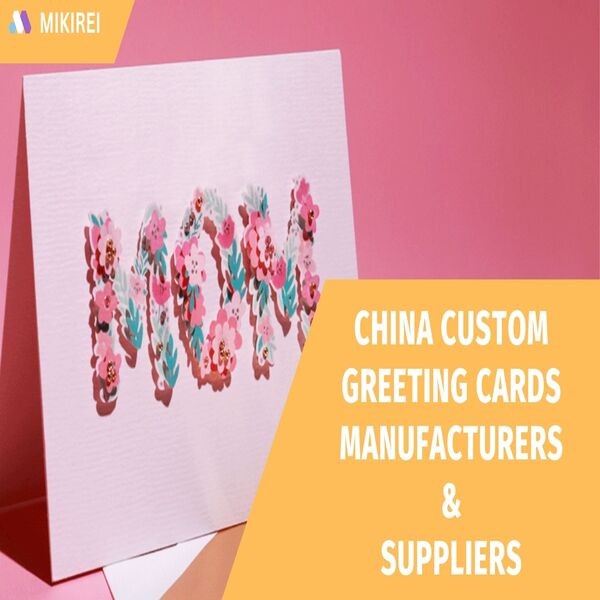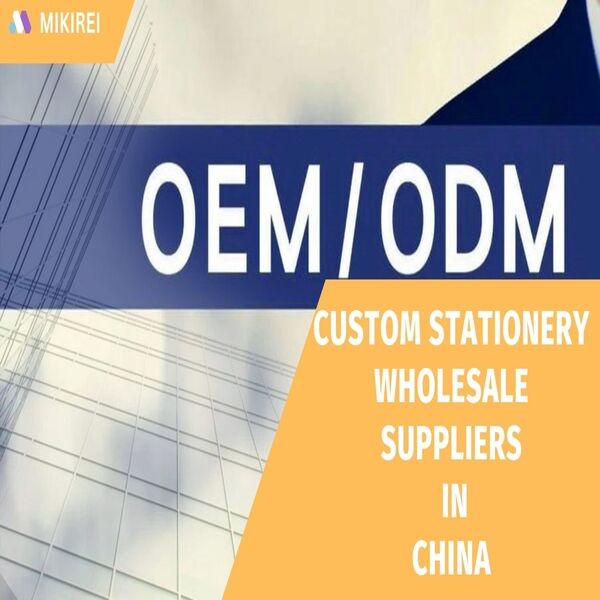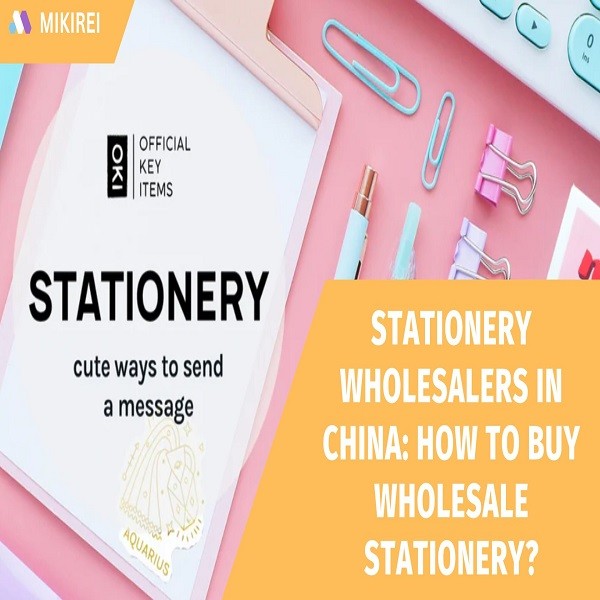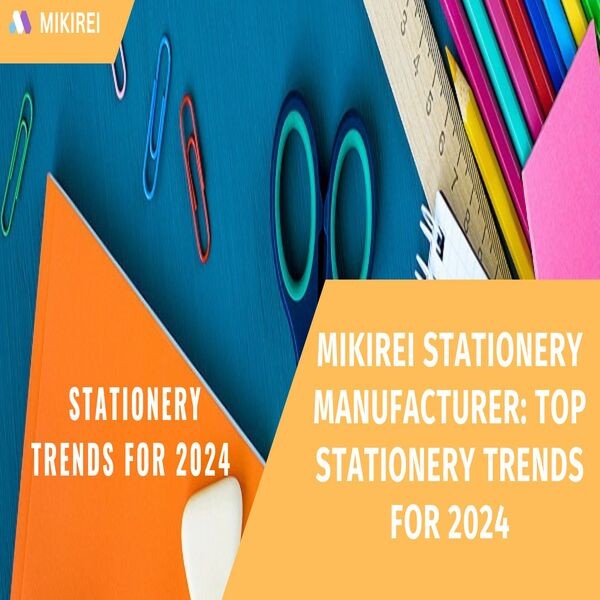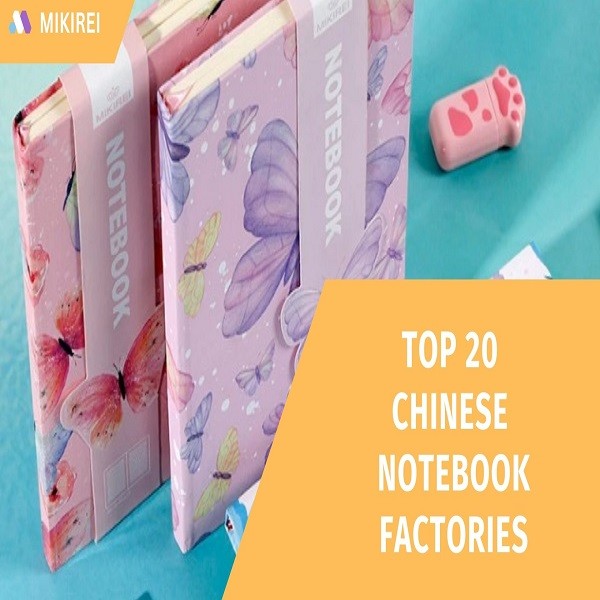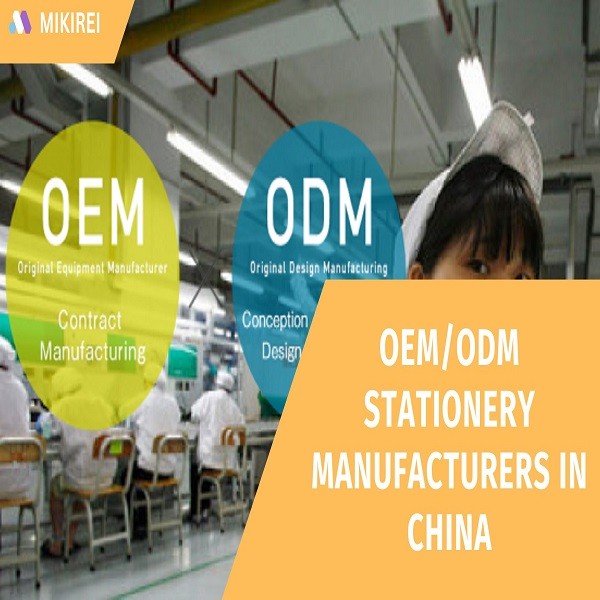what is a flexibound book
Flexibound books have quietly revolutionized the literary landscape, offering a unique combination of flexibility and durability that captivates readers and publishers alike.
In this article, we'll delve into the intricacies of flexibound books, exploring their defining characteristics, advantages over traditional binding methods, applications across various industries, and the future they hold in the ever-evolving world of publishing.
Table of content
-
Characteristics of Flexibound Books
- Flexible Cover: A Blend of Sturdiness and Adaptability
- Durability: Resilience for Repeat Readings
- Cost-Effective Production: Practicality in Publishing
- Enhanced Aesthetics: Visual Appeal on Bookshelves
- Improved Portability: Ideal for On-the-Go Readers
- Affordable Production Costs: Budget-Friendly Options
- Balanced Structure: Between Hardcover and Paperback
- Tactile Quality: A Distinctive Feel
- Versatility in Material Choices: Crafting a Unique Reading Experience
- Ease of Customization: Tailoring Designs to Suit Themes
- Resistance to Page Creases: Maintaining Aesthetic Quality
- Lightweight Design: Convenience in Holding and Carrying
- Adaptability in Printing: Supporting Various Print Styles
- Resistance to Spine Damage: Prolonging Book Lifespan
- Environmentally Friendly Options: Embracing Sustainable Practices
- Advantages of Flexibound Books
-
Flexibound vs. Other Binding Types
- Flexibound vs. Hardcover: Finding the Middle Ground
- Flexibound vs. Paperback: Beyond the Norm
- Aesthetic Appeal: Flexible Covers vs. Rigid Designs
- Durability and Weight: Finding the Right Balance
- Customization for Special Editions: Flexibility Matters
- Resistance to Page Creases: Maintaining Aesthetic Quality
-
FAQs (Frequently Asked Questions) About Flexibound books
- Are flexibound books more expensive than traditional hardcovers?
- Can flexibound books be customized for special editions?
- Do flexibound books have a longer lifespan than paperbacks?
- Are there any limitations to the types of content suitable for flexibound books?
- How can I identify a flexibound book in a bookstore?
Characteristics of Flexibound Books

Flexibound books have distinct features that set them apart from other binding methods, offering a unique reading experience that combines flexibility, durability, and affordability. Understanding these characteristics provides insight into the appeal of flexibound books.
Flexible Cover: A Blend of Sturdiness and Adaptability
The defining characteristic of flexibound books is their flexible cover. Unlike hardcovers that are rigid or paperbacks that are more pliable, flexibound books strike a balance, offering a cover that is both sturdy and adaptable.
Durability: Resilience for Repeat Readings
Flexibound books boast exceptional durability. The binding method used in their production ensures a strong connection between the cover and pages, making them resilient to wear and tear even with frequent handling.
Cost-Effective Production: Practicality in Publishing
Flexibound books present a cost-effective solution for publishers. The flexibility in material choices and binding processes allows for more affordable production without compromising the overall quality of the book.
Enhanced Aesthetics: Visual Appeal on Bookshelves
The flexible cover of these books allows for creative and visually appealing designs. Flexibound books stand out on bookshelves, attracting readers with their unique and eye-catching covers.
Improved Portability: Ideal for On-the-Go Readers
In a world where readers are constantly on the move, the portability of flexibound books becomes a significant advantage. The flexible cover makes them easier to carry, catering to the needs of on-the-go readers.
Affordable Production Costs: Budget-Friendly Options
Publishers benefit from the cost-effectiveness of producing flexibound books. The ability to offer reasonably priced editions makes them an attractive option for both publishers and budget-conscious readers.
Balanced Structure: Between Hardcover and Paperback
Flexibound books find a middle ground between the sturdiness of hardcovers and the flexibility of paperbacks. This balanced structure makes them versatile and suitable for various genres and reader preferences.
Tactile Quality: A Distinctive Feel
Running fingers over the cover reveals the tactile characteristics of flexibound books. The unique feel, flexible yet robust, distinguishes them from other types of book bindings.
Versatility in Material Choices: Crafting a Unique Reading Experience
The flexibility in material selection allows for versatility in creating a unique reading experience. Publishers can choose materials that enhance both the visual and tactile appeal of flexibound books.
Ease of Customization: Tailoring Designs to Suit Themes
Flexibound books are easily customizable for special editions or thematic releases. The flexibility of the cover facilitates the creation of unique designs that align with specific themes or events.
Resistance to Page Creases: Maintaining Aesthetic Quality
The binding method in flexibound books minimizes the occurrence of page creases, contributing to the overall aesthetic quality of the book even after multiple readings.
Lightweight Design: Convenience in Holding and Carrying
Despite their durability, flexibound books maintain a lightweight design. This makes them convenient for readers who prefer books that are easy to hold and carry, especially during travel.
Adaptability in Printing: Supporting Various Print Styles
Flexibound books accommodate various printing styles, allowing for a range of visual effects and finishes. This adaptability enhances the overall presentation of the content.
Resistance to Spine Damage: Prolonging Book Lifespan
The flexible binding of these books contributes to resistance against spine damage, ensuring that the spine maintains its integrity even with repeated use.
Environmentally Friendly Options: Embracing Sustainable Practices
Some flexibound books are produced using environmentally friendly materials and printing processes, aligning with the industry's growing emphasis on sustainability.
Understanding these characteristics illuminates why flexibound books have become a preferred choice for readers, publishers, and those seeking a balance between aesthetics and functionality in their reading materials.x
Advantages of Flexibound Books

A. Enhanced Aesthetics: The Visual Appeal
Flexibound books stand out on bookshelves due to their visually appealing covers. The flexible material allows for creative designs, contributing to the overall aesthetics of the book and attracting readers with a penchant for eye-catching covers.
B. Improved Portability: Reading on the Go
In a fast-paced world, the portability of flexibound books is a significant advantage. The flexibility of the cover makes them easier to carry, making them a preferred choice for readers who are always on the move.
C. Affordable Production Costs: A Win for Publishers
Publishers benefit from the cost-effectiveness of flexibound books, enabling them to offer reasonably priced editions without compromising on the quality of content or materials.
Flexibound vs. Other Binding Types
Choosing the right binding type is a crucial decision for authors, publishers, and readers alike. Flexibound books stand out among various binding methods, offering a unique blend of features that set them apart from traditional hardcovers and paperbacks. Let's explore the distinctions between flexibound books and other binding types.
Flexibound vs. Hardcover: Finding the Middle Ground
Flexibound Books: Flexibound books strike a balance between the sturdiness of hardcovers and the flexibility of paperbacks. The flexible cover provides durability without the rigid structure of a traditional hardcover, making them a versatile and appealing option for various genres.
Hardcovers: Traditional hardcovers are known for their robustness and protection. However, they can be heavy and less flexible, making them less convenient for readers who prefer a more adaptable book.
Flexibound vs. Paperback: Beyond the Norm
Flexibound Books: While sharing some characteristics with paperbacks, such as flexibility, flexibound books surpass them in terms of durability. The combination of a flexible cover and robust binding makes flexibound books a reliable choice for repeated readings.
Paperbacks: Paperbacks are lightweight and flexible but may not endure as well over time. They are more susceptible to wear and tear, especially with frequent handling.
Aesthetic Appeal: Flexible Covers vs. Rigid Designs
Flexibound Books: The flexibility of the cover allows for creative and visually appealing designs. Flexibound books stand out on bookshelves, attracting readers with unique and eye-catching covers.
Hardcovers: Hardcovers often feature a more rigid design, with the cover acting as a protective shield for the pages. While elegant, they may lack the creative visual appeal of flexibound books.
Paperbacks: Paperbacks are known for their simplicity. While cost-effective, they may not offer the same level of aesthetic appeal as flexibound or hardcover options.
Durability and Weight: Finding the Right Balance
Flexibound Books: Flexibound books provide a balance between durability and weight. The flexible yet robust cover ensures lasting quality without compromising on portability.
Hardcovers: Hardcover books are durable but can be heavy, making them less convenient for readers who prioritize portability.
Paperbacks: Paperbacks are lightweight but may lack the durability of flexibound or hardcover options.
Customization for Special Editions: Flexibility Matters
Flexibound Books: The flexibility of the cover allows for easy customization for special editions. This adaptability makes flexibound books an excellent choice for creating unique and themed releases.
Hardcovers: Customization options for hardcovers may be limited due to their rigid structure.
Paperbacks: While cost-effective, paperbacks may not offer the same level of customization as flexibound books for special editions.
Resistance to Page Creases: Maintaining Aesthetic Quality
Flexibound Books: The binding method minimizes page creases, contributing to the overall aesthetic quality of the book even after multiple readings.
Paperbacks: Paperbacks are more susceptible to creases, affecting their appearance over time.
Understanding these distinctions helps readers and publishers make informed decisions when choosing the right binding type for their preferences and needs. Flexibound books, with their unique combination of flexibility and durability, offer a compelling alternative in the world of bookbinding.
FAQs (Frequently Asked Questions) About Flexibound books

Are flexibound books more expensive than traditional hardcovers?
No, flexibound books are often more cost-effective due to the flexibility in material choices and production processes.
Can flexibound books be customized for special editions?
Yes, the flexible nature of the cover makes it easier to create unique and visually appealing designs for special editions.
Do flexibound books have a longer lifespan than paperbacks?
Yes, the durability of flexibound books typically gives them a longer lifespan compared to traditional paperbacks.
Are there any limitations to the types of content suitable for flexibound books?
Flexibound books are versatile and can accommodate various types of content, from fiction and non-fiction to educational materials.
How can I identify a flexibound book in a bookstore?
Look for the visual cues such as the flexible cover and tactile characteristics. The book cover is often a giveaway.
Conclusion
In conclusion, flexibound books offer a winning combination of aesthetics, durability, and affordability. Their unique features cater to the preferences of modern readers and have found applications across diverse industries.
Looking ahead, the future of flexibound books is promising. Continued innovation, a commitment to sustainability, and addressing market perceptions will further solidify their place in the literary world. Authors, publishers, and readers alike stand to benefit from the flexibility and durability that flexibound books bring to the table.

